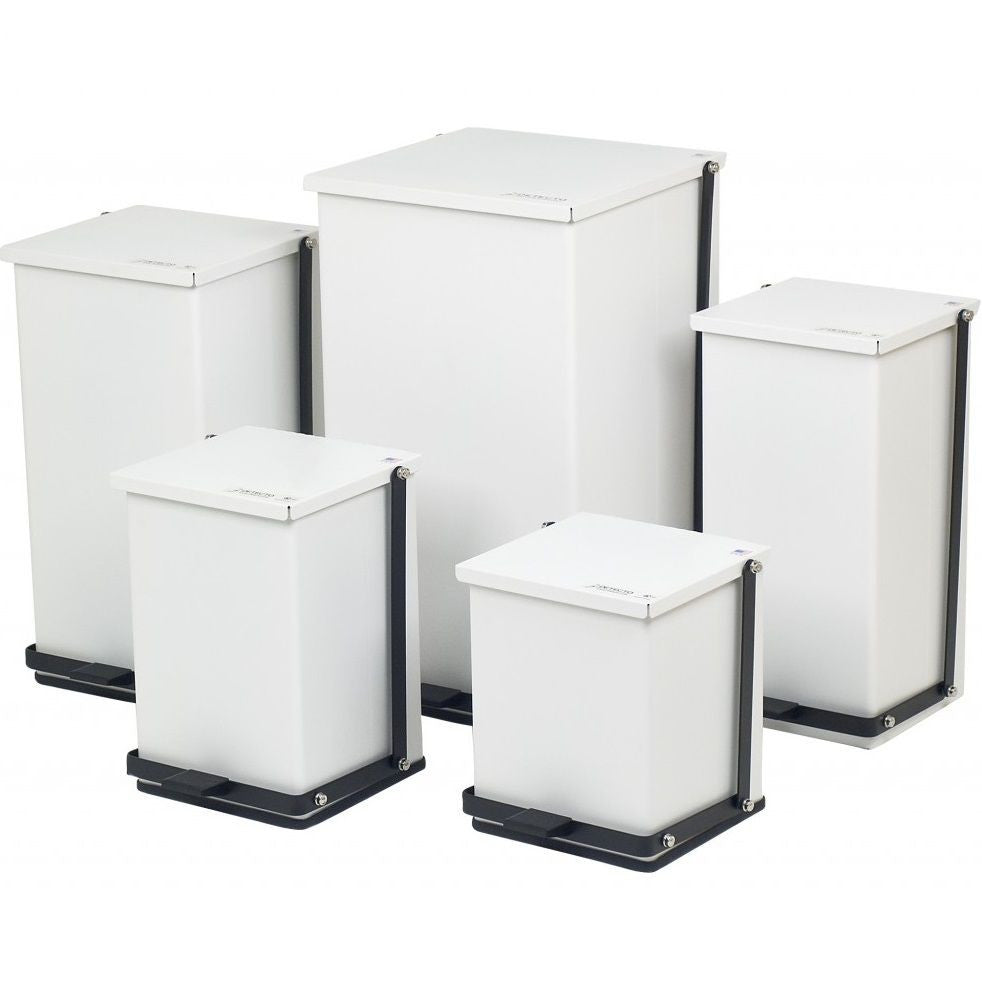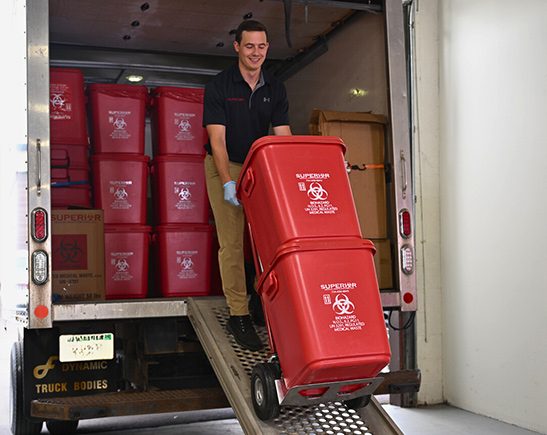Stay Ahead of Laws: Professional Suggestions on Medical Waste Disposal
In a globe where the health care sector is frequently advancing, it is imperative for medical centers to remain in advance of regulations when it comes to the correct disposal of clinical waste. From recognizing the various classifications of medical waste to carrying out the ideal collection and partition techniques, this discussion will certainly supply useful insights and actionable suggestions to help facilities stay ahead of policies in the ever-changing landscape of clinical waste disposal.
Recognizing Clinical Waste Categories
Understanding clinical waste groups is necessary for correct disposal and monitoring in healthcare facilities. Clinical waste refers to any waste generated by healthcare activities that might posture a danger to public health and wellness or the atmosphere. It is critical to categorize medical waste accurately to ensure its safe handling, disposal, treatment, and transport.
There are a number of classifications of clinical waste that healthcare centers require to be knowledgeable about. The most usual groups consist of transmittable waste, pathological waste, sharps waste, pharmaceutical waste, and chemical waste. Each category has particular standards and laws for its proper monitoring and disposal.
Pathological waste refers to human cells, organs, or body parts that require special handling and disposal. Drug waste comprises run out, extra, or infected medications that require careful handling and disposal.
Staying Up-To-Date With Regulatory Changes
Staying current with governing modifications is critical for health care facilities to guarantee conformity and appropriate monitoring of medical garbage disposal. medical waste removal. With guidelines constantly progressing, it is crucial for health care centers to remain current to stay clear of charges, penalties, and potential damage to the environment and public health
To remain in advance of regulatory changes, healthcare centers should develop a system for monitoring and tracking updates. This can be done by signing up for regulatory e-newsletters, attending conferences and workshops, and actively joining market organizations. Furthermore, facilities should mark a team member or group in charge of staying educated and sharing information to pertinent stakeholders.
Normal communication with regulatory firms is also vital. Health care centers should develop partnerships with regional, state, and federal firms to ensure they understand any type of adjustments in guidelines that might influence their waste administration practices. This can be done via regular meetings, engagement in public remark periods, and proactive involvement with governing companies.
Moreover, healthcare centers should think about partnering with waste administration business that focus on clinical garbage disposal (medical waste disposal services with WasteX). These companies are typically fluent in the most recent laws and can provide advice and assistance to make sure compliance
Carrying Out Appropriate Collection and Partition Approaches
To properly take care of clinical garbage disposal, medical care centers must develop correct collection and segregation approaches based on governing standards. Applying these techniques makes sure the safe handling and disposal of potentially hazardous products, shields the setting, and minimizes the danger of infections and injuries to health care workers and the basic public.
Appropriate collection and partition approaches entail using marked containers and labeling systems. Healthcare facilities ought to give clearly labeled containers for different kinds of clinical waste, such as sharps, transmittable waste, pharmaceutical waste, and non-hazardous waste. These containers should be color-coded and plainly significant to stay clear of confusion and advertise simple identification.
Additionally, health care facilities should train their personnel on the correct treatments for accumulating and setting apart clinical waste. This includes informing them on the different kinds of waste, the ideal containers to utilize, and the importance of adhering to laws and standards. Regular training sessions and refresher course programs should be my company performed to guarantee that employee remain up-to-date on ideal methods.
Additionally, health care facilities should develop a system for routine collection and disposal of clinical waste. This might include partnering with certified waste monitoring firms that concentrate on medical garbage disposal. These companies will certainly ensure that the gathered waste is transferred and gotten rid of in compliance with regulative needs.
Choosing the Right Disposal Methods

Incineration is among one of the most reliable and usual methods for dealing with certain kinds of medical waste, such as pathological waste and sharps. It entails the regulated burning of waste at heats, minimizing it to ash. Incineration can release hazardous pollutants into the air and contribute to air contamination.

Chemical therapy involves the usage of chemicals to reduce the effects of the waste and disinfect. Microwave therapy utilizes microwave power to warm and sanitize the waste.
Ensuring Conformity With Paperwork and Training
After carefully thinking about the ideal disposal techniques for clinical waste, health care facilities need to ensure conformity with laws and decrease ecological influence by executing effective paperwork and training procedures. This step is critical in preserving a lasting and safe atmosphere for both medical care employees and the public.

Training is similarly essential in making certain conformity with policies. Health care workers that take care of medical waste must obtain appropriate training on waste partition, managing, and disposal procedures. This training must cover topics such as the proper use of individual safety equipment, identification of different sorts of waste, and the right disposal approaches for each and every waste group. By offering thorough training, medical care centers can encourage their team to make enlightened choices and decrease the threat of improper waste disposal.
Conclusion
Finally, staying ahead of regulations in clinical garbage disposal is vital for health care facilities. medical waste removal services. Recognizing the different groups of medical waste, staying updated with governing adjustments, applying appropriate collection and segregation approaches, selecting the suitable disposal techniques, and making sure compliance via paperwork and training are all vital steps. By adhering to these guidelines, medical care companies can efficiently get rid of and handle of medical waste in a secure and liable way
From understanding the various categories of medical waste to implementing the right collection and partition methods, this conversation will supply actionable ideas and valuable insights to aid facilities stay in advance of laws in the ever-changing landscape of clinical waste disposal. - medical waste disposal services with WasteX
The most common categories include contagious waste, pathological waste, sharps waste, pharmaceutical waste, and chemical waste. Health care facilities must supply plainly classified containers for various kinds of clinical waste, such as sharps, infectious waste, pharmaceutical waste, and non-hazardous waste. Medical care facilities must develop an extensive system to tape and track all elements of clinical waste disposal, including kinds of waste created, amounts, and disposal techniques made use of. Medical care employees who manage clinical waste must get proper training on waste segregation, dealing with, and disposal procedures.